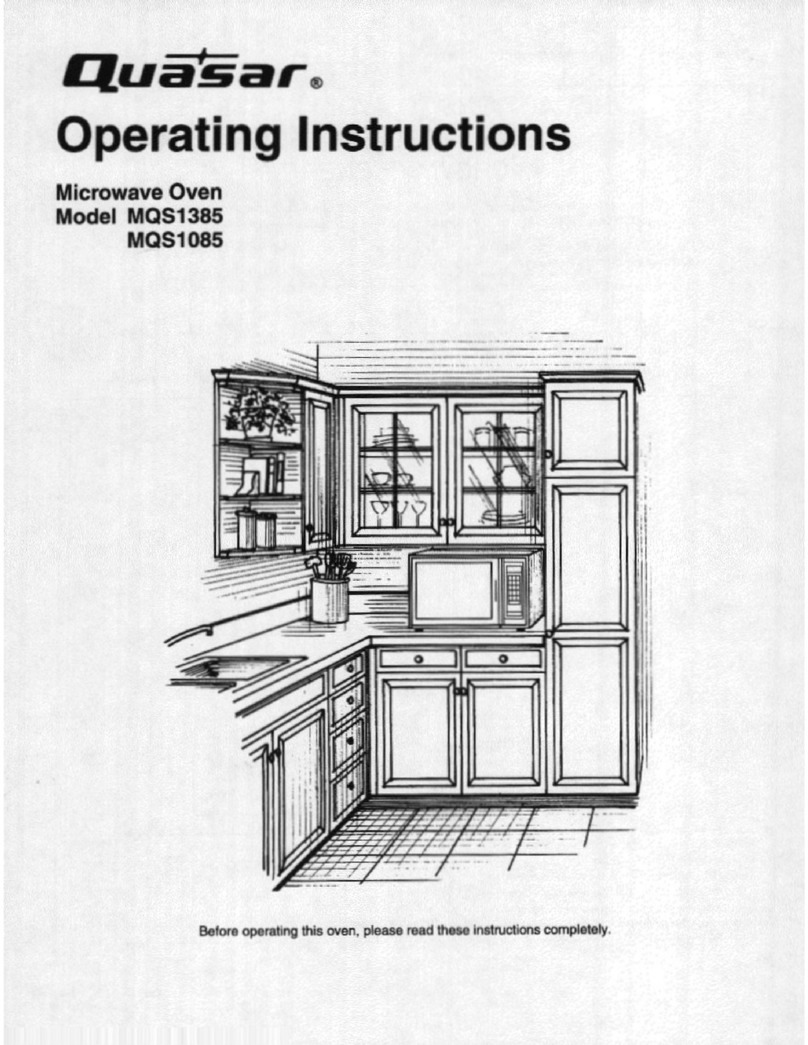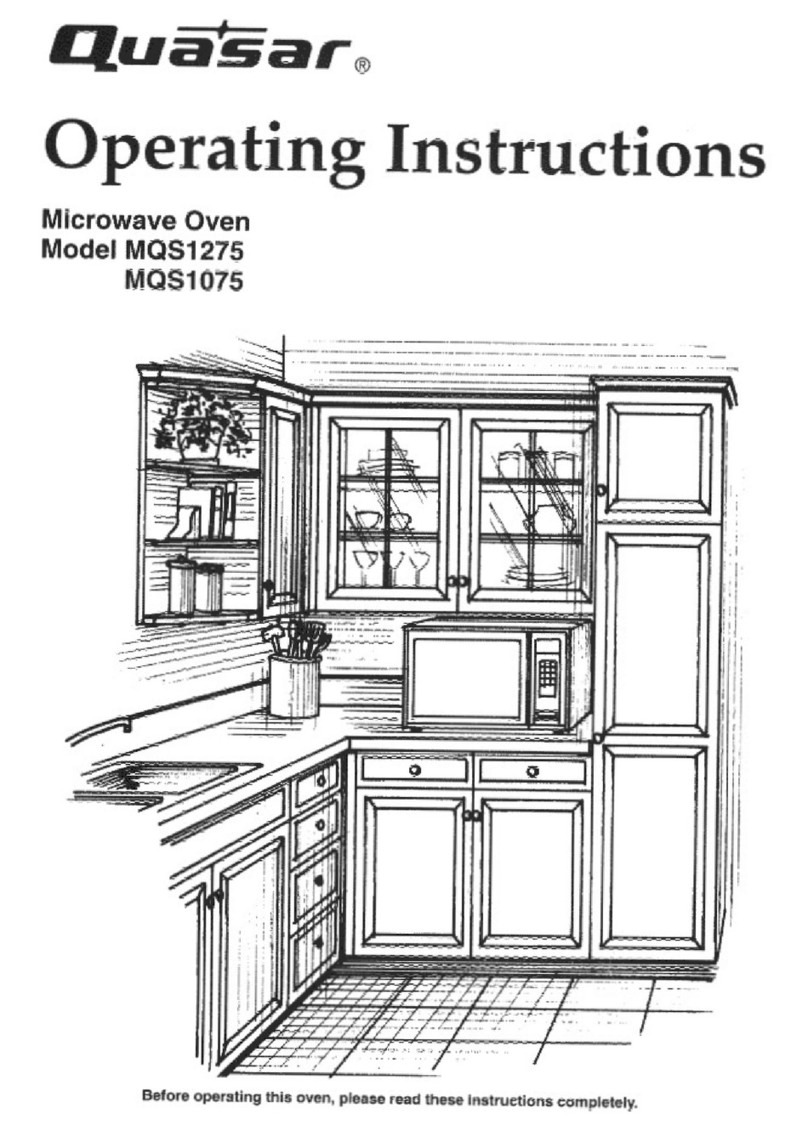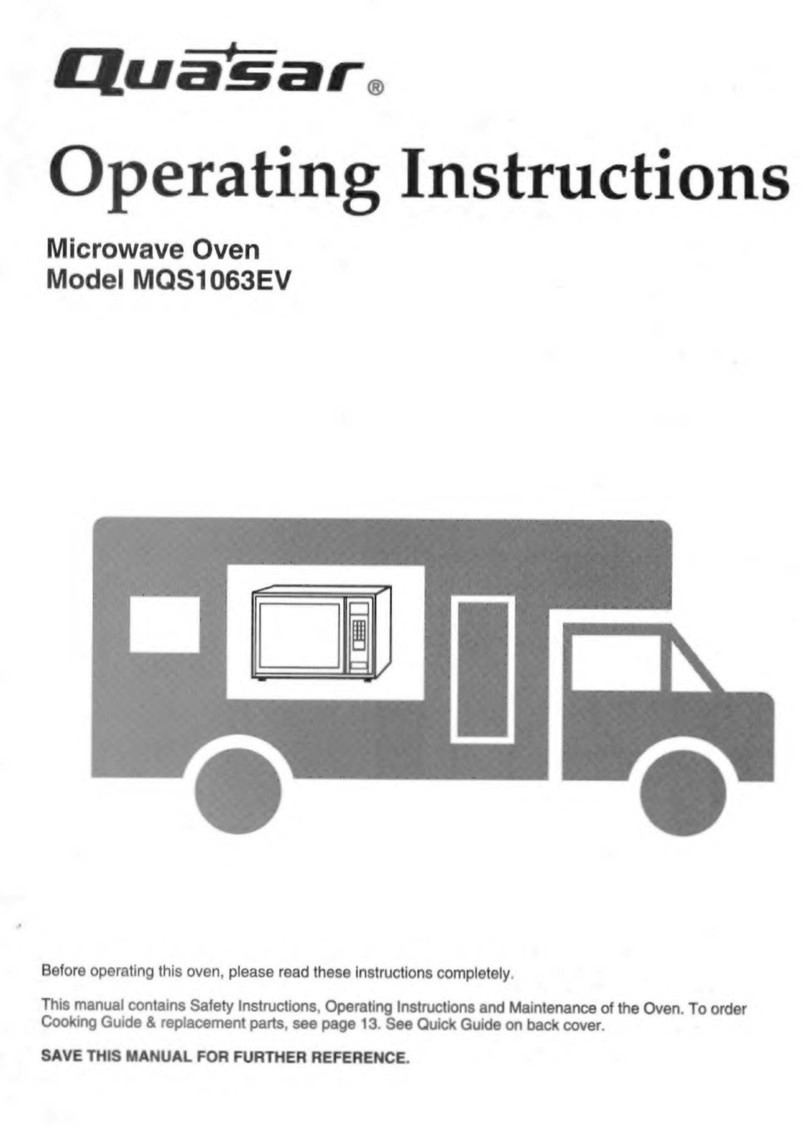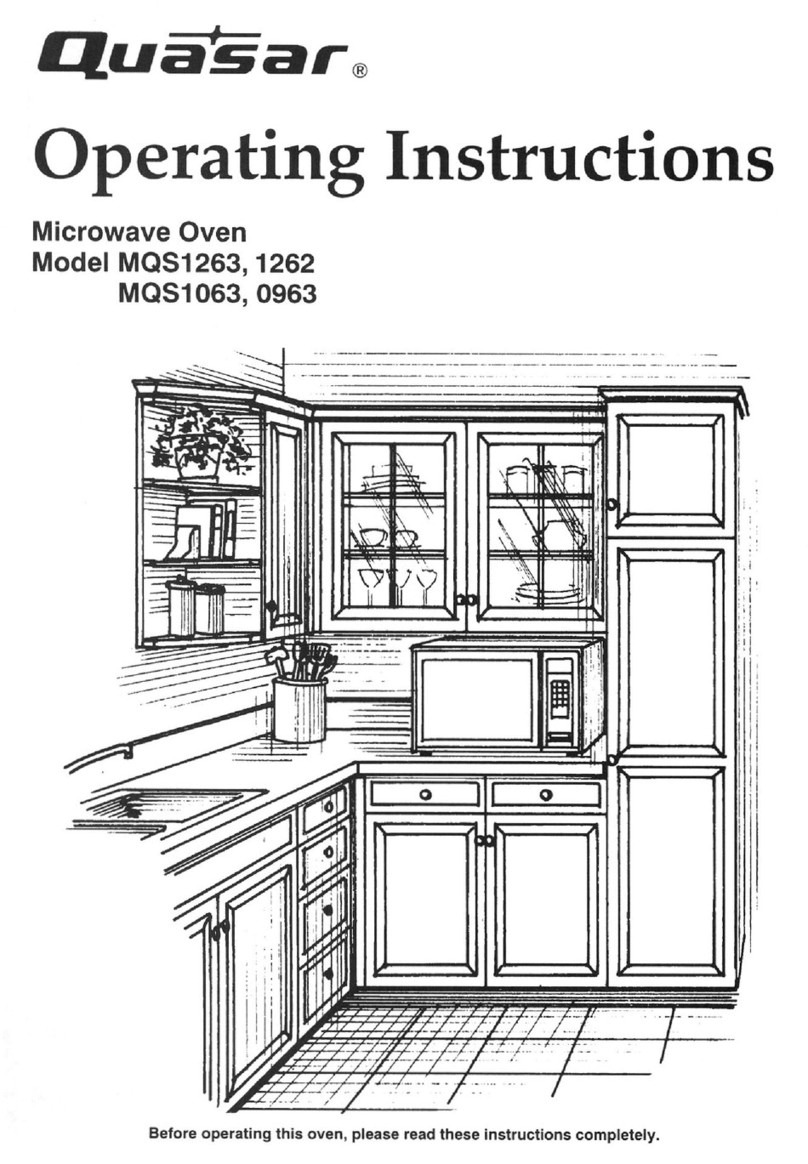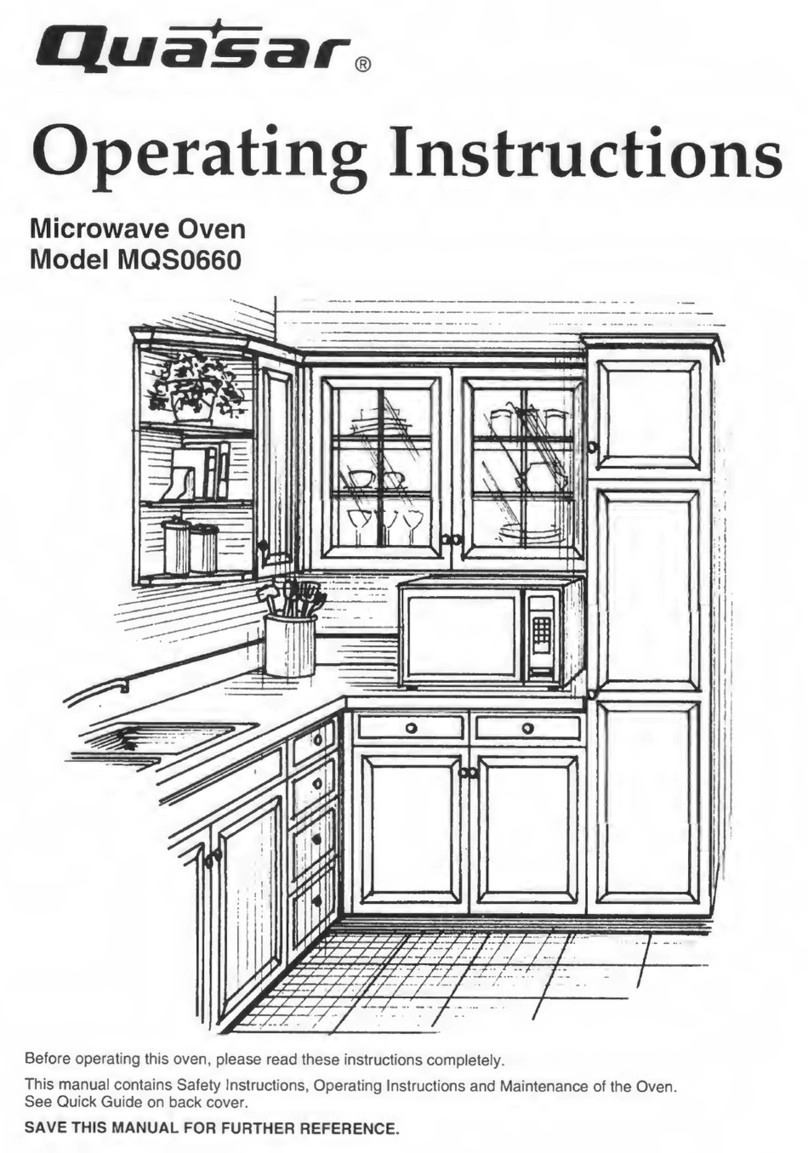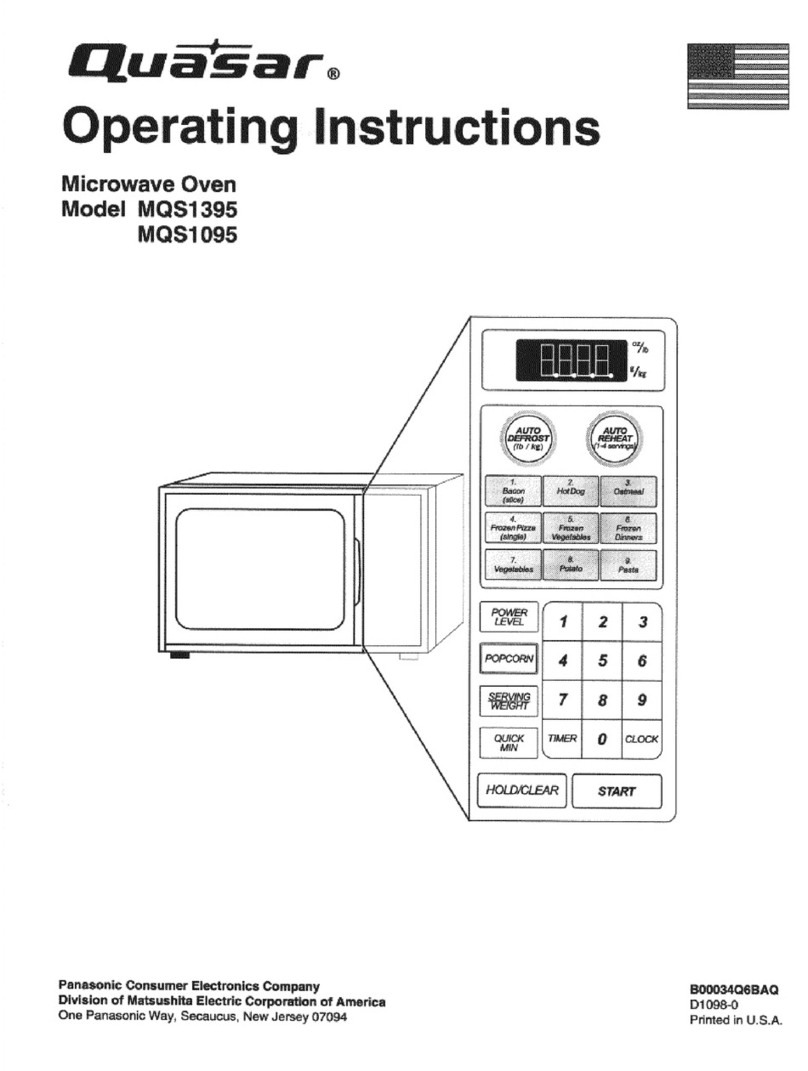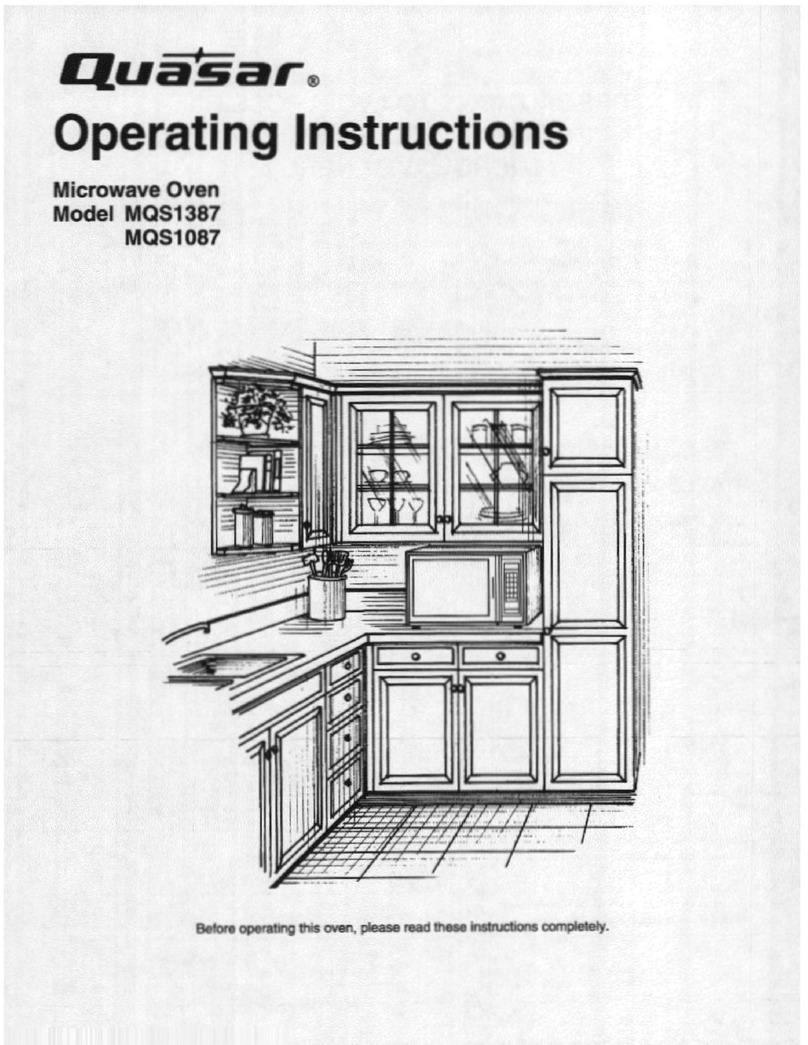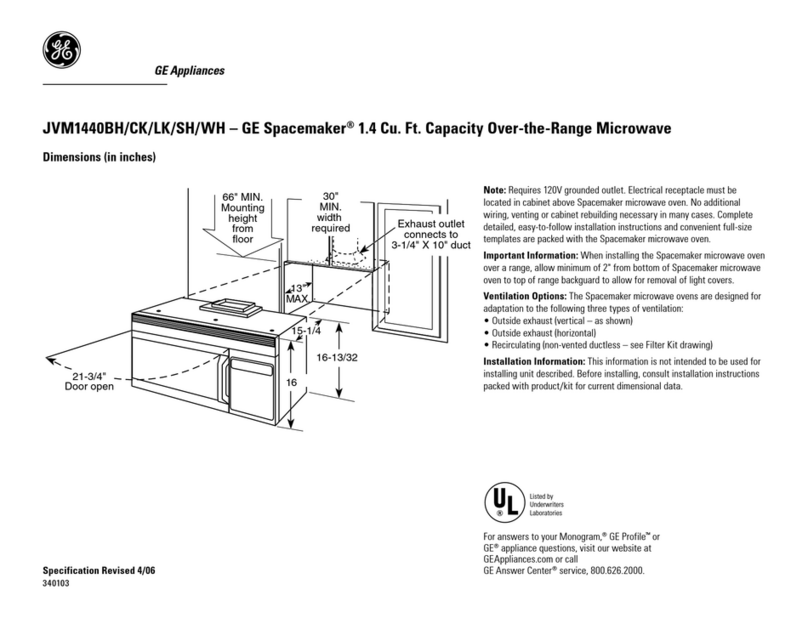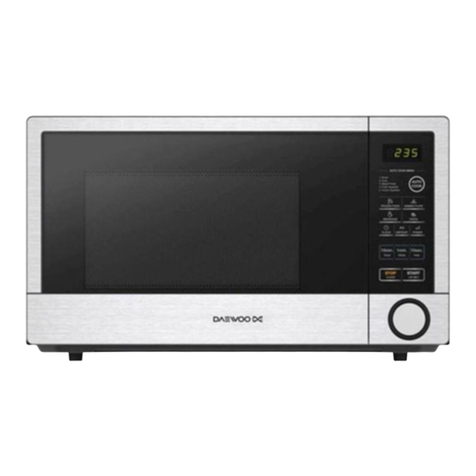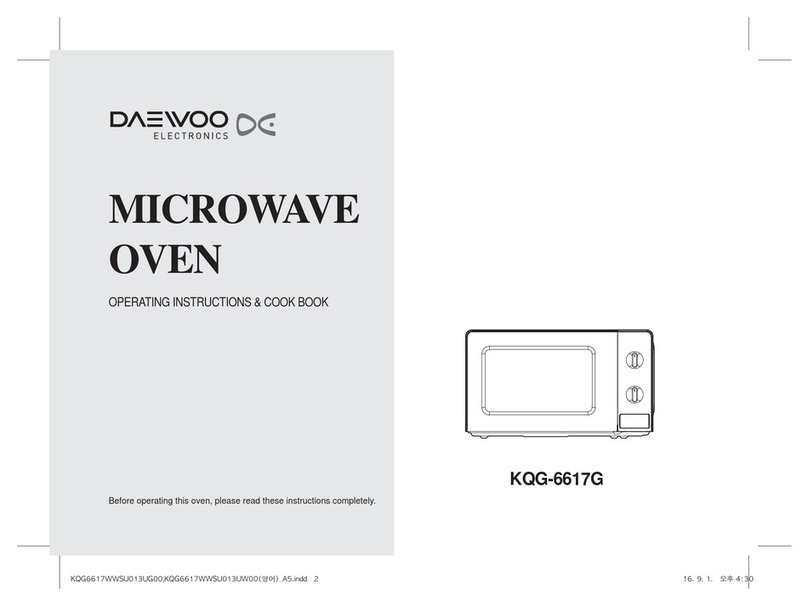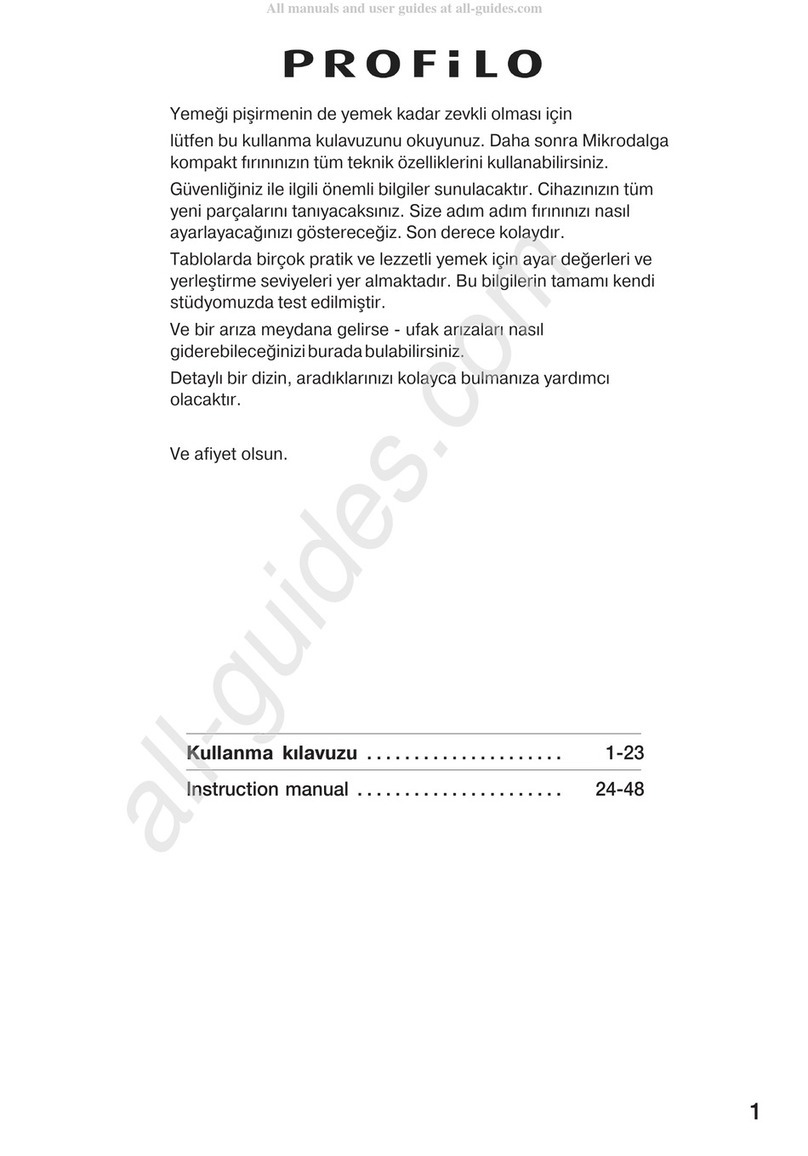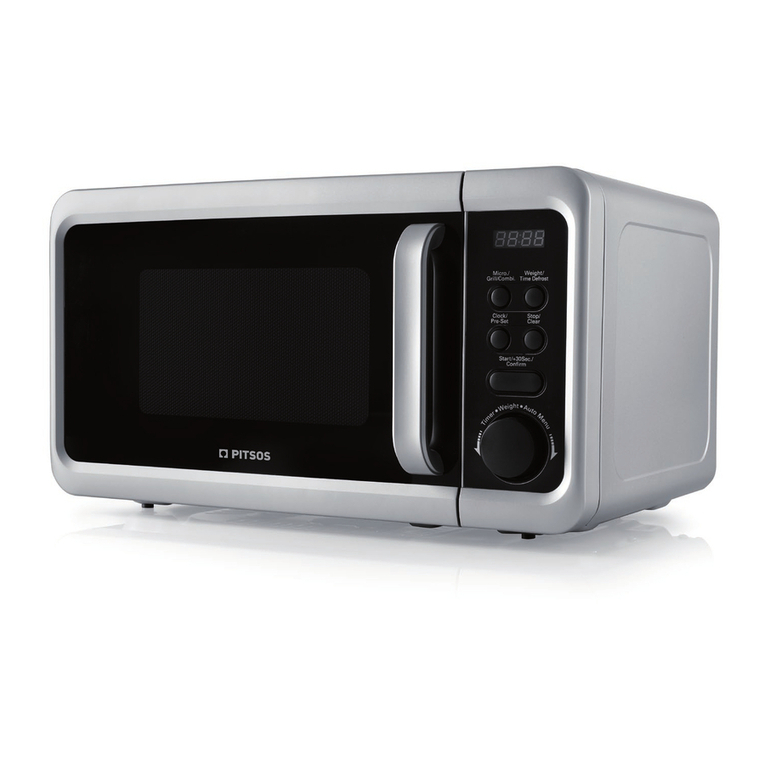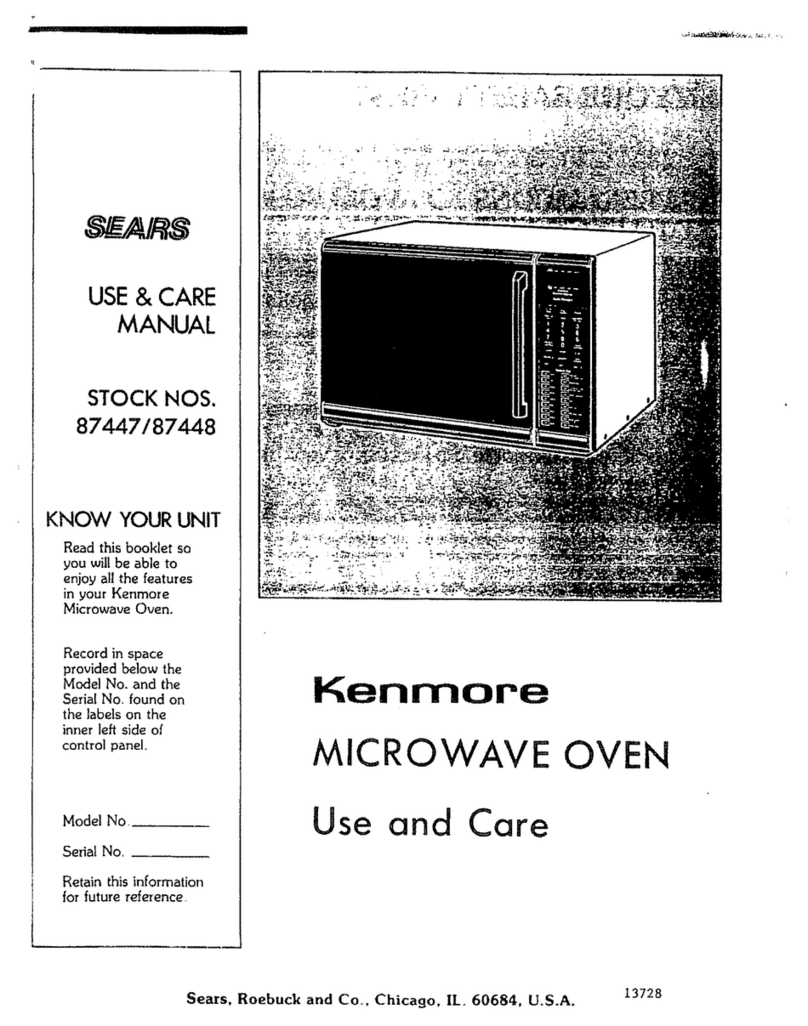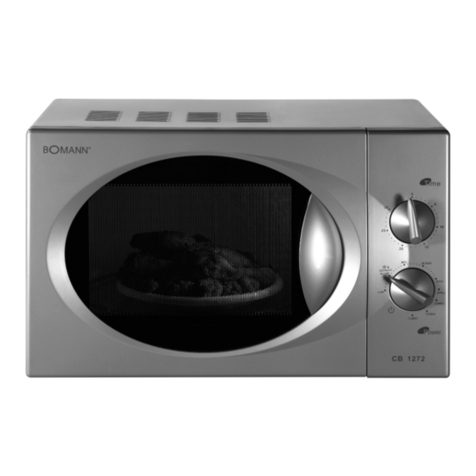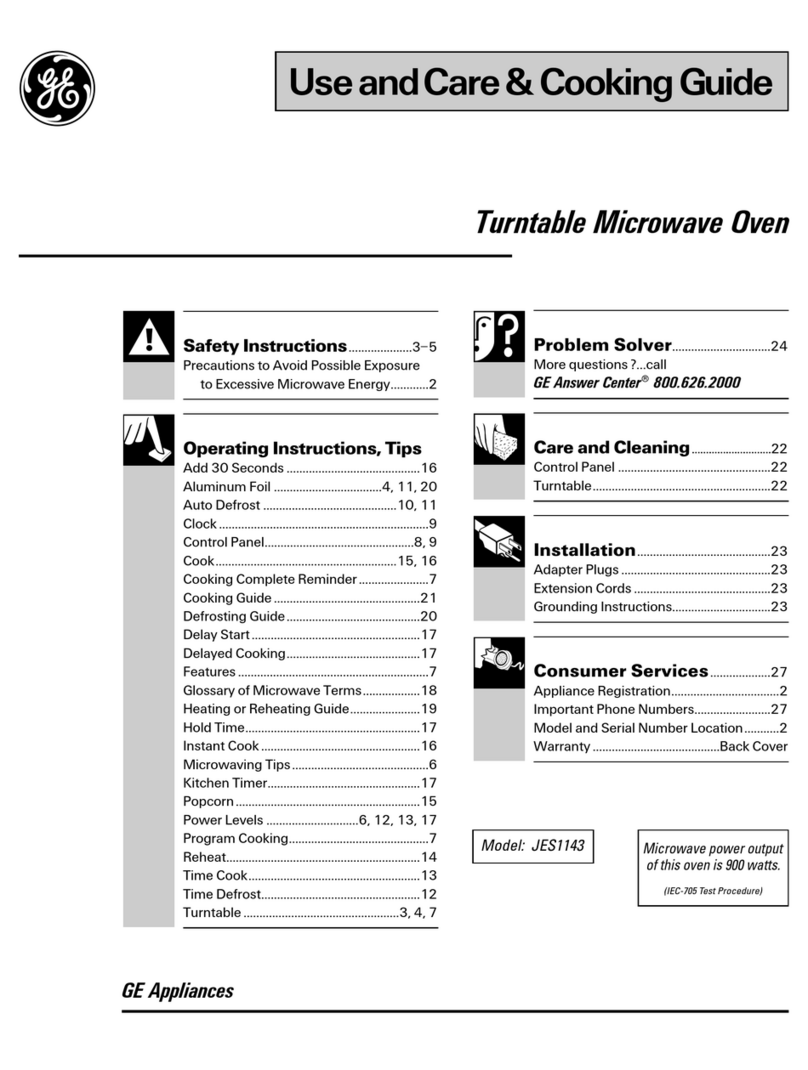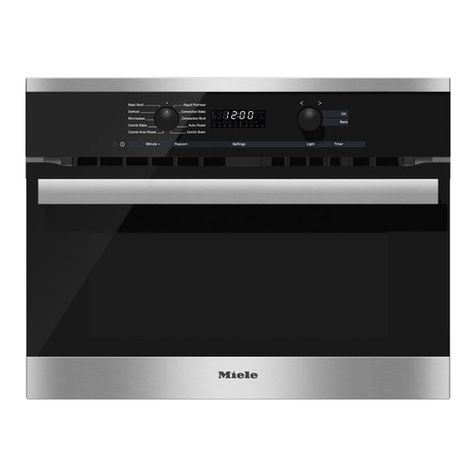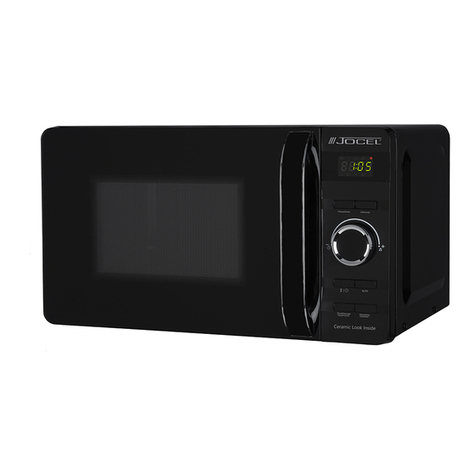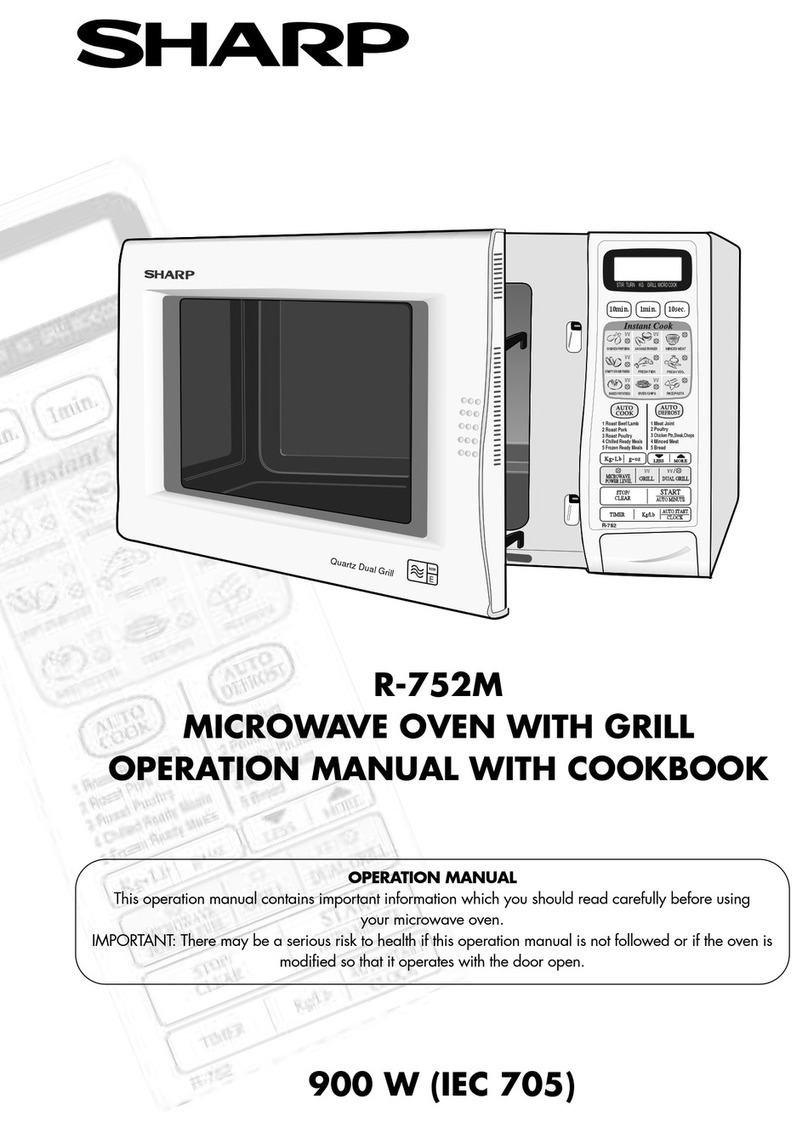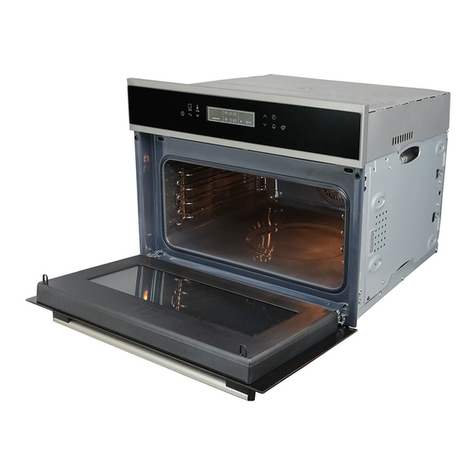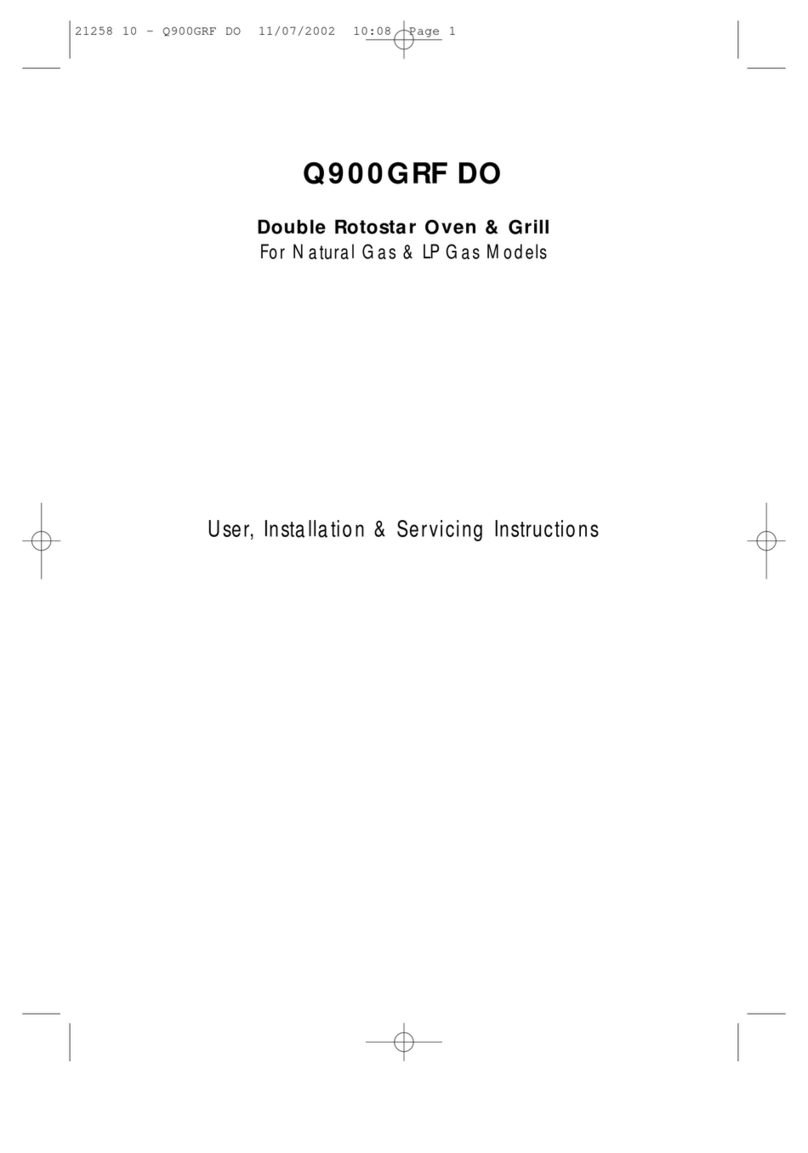
TABLE
OF
CONTENTS
Before
Operation
Precautions
for
Microwave
EMe@rgy........cccssssrccesssssrsnessssecerssennneccacorsssnaatsensnnannennns
Inside
Front
Cover
Important
Safety
Instructions
..........enseeenovssreseorrrunnnnannvovooooosorerrnnnrrranannnnroesorrensoeuuuuuuuunaaaapnasvasecesosnneeseeeeee
2
installation
InstrüctlOn&
aerea
oko
nog
Pxe
FR
ERERE
SEE
E333
aen
RR
Ru
Na
Rb
nS
VE
Su
Qu
nES
FEX
HR
a
PEN
RR UE
NR CE
ERR
ERR
E
pisada
ea
PER
RUAXUE
3
Grounding
INSIFUCTIOING
TN
3
Prâcticat
HINtS
C
———
—Á——————
4
Cookware
and
Utensil
Guide.......................
——
—
——————
——
5
Food
Chiaracteristie
8.
idco
esae
n
ido
caes
coqui
ERU
beE
QV
PRL
CURE
SNR
EGESKR
EROR
FUEU
ERE
E
PEIR
LQE
TETUR
UR
C
EM
VERE
CK
A
pb
URe
p
depa
Re
GE
6
Cooklnd-TechniduB
cutter
iau
ax
Fan
oe
aaaeeeaa
MI
nis
aaa
added
Amae
tn
A
NREPERAM
NES
NEAL
iodine
6
Feature
Dlagram
...............................
eere
"——Ó——Á——————
Án:
7
Control
PAG
Peer
—Ó————————M——————
7
Operation
Weight
Conversion
(oz/Ib
or
G/KgJ)
siccisccciscssccosesiascsseisiscossssceassenccessansansssecndsoseseusseensnnassassdbbasssesenesnecvicnsans
8
Clock
Setting
23
ossia
xn
EROR
RU
S
éucuav
pae
aS
C
ANN
onaind
Guam
a
dana
MM
SOD
RUNE
aU
annaa
aake
nek
SENi
pO
orsa
pd
REED
a
eC
Navii
8
Child
ECL
VE
EL
EA
8
Power
&
Time
Setting
aeoseirmOn
ipe
Hr
esln
VY
SEQ
HaV
eus
Feb
EON
Quo
CRY
0 a
pRE
GE
VILE
ERREUR
E
aV
P
PEEE
PY
DUITFITRAR
EU
FUE
M
eb)
Ye
Fi
MR
K
ROT
Ud
8
AUIS
COOKING
PODS
m
———————M—————
nn?
9
PRUE
DCT
OSE
etc
————————————————
—
T
10
Auto
FONG
AR
Wer
T
E—————
MÀ
10
Timer
Setting/Stand
Time/Delay
Start
......................eeeeeeeeee
eene
e
eee een
ener
sn
nnne nnne
sanas
taa
aetas
sena
s
ama ssn
nean
n
anh
11
Microwave
Shorteuls
.;.ioacienseussaci
edu
depre
Fa
(Uc
CFRaPHRDECE
Sexe
T2
E
ekle
Ean
ae
das
un
Eos
EM
GVEAESR
VE
RREKNNRREUN
VEU
V
TERR
bebe
E
FREE
12
Maintenance
Before
Requesting
Servi.
cedi
drea
ciae
EnkE
VE
CE
rx
YRY
IR
EYkEI
RENE
MEA
FPE
Res
pad
UR
PEERRQUETBTO
HR
QUR
e
FE
RAUS
CURRUS
RR
TRS
raeas
13
Cara
of
Your
Microwave
Oven
i
isiise
eris
erakda
orca
Rio
RUR
EE
TER
bIUR
FRER
aD
Rr
eqd
daB
YAN
RS
pe
Re
Da
a
FYa
Uo
y
darn
d
add
TE
13
Technical
SpecificalloriB
.....
a
eoeierep
soo
ive
CERA
Ud
ceri
RES
docs
inni
ERR
RR
DRE
ERRARE
QR
TER
S
pri
1
Quick
Guide
to
OparatiGl....riicue
cis
io
insat
an
E
ek
Ea
espe
pua
ear
sueta
ed
QUY
Eua
rua
uH
Pe
Rana
Iw
FARA
DR
eene
Fi
usa
cla
Back
Cover
Technical
Specifications
[000
0
CC
Lo
wem
|]
Power
Consumption:
8.9
Amps,
1000
W
Output;
600
W
Outside
Dimensions
(H
x
W
x
D):
11%”
x
18"
x
12%.”
Oven
Cavity
Dimensions
(H
x
W
x
D):
The”
x
1178
x
11
Operating
Frequency:
2,450MHz
Uncrated
Weight:
Approx.
28
Ibs.
“IEC
705-88
Test
procedure
Specifications
subject
to
change
without
notice.

